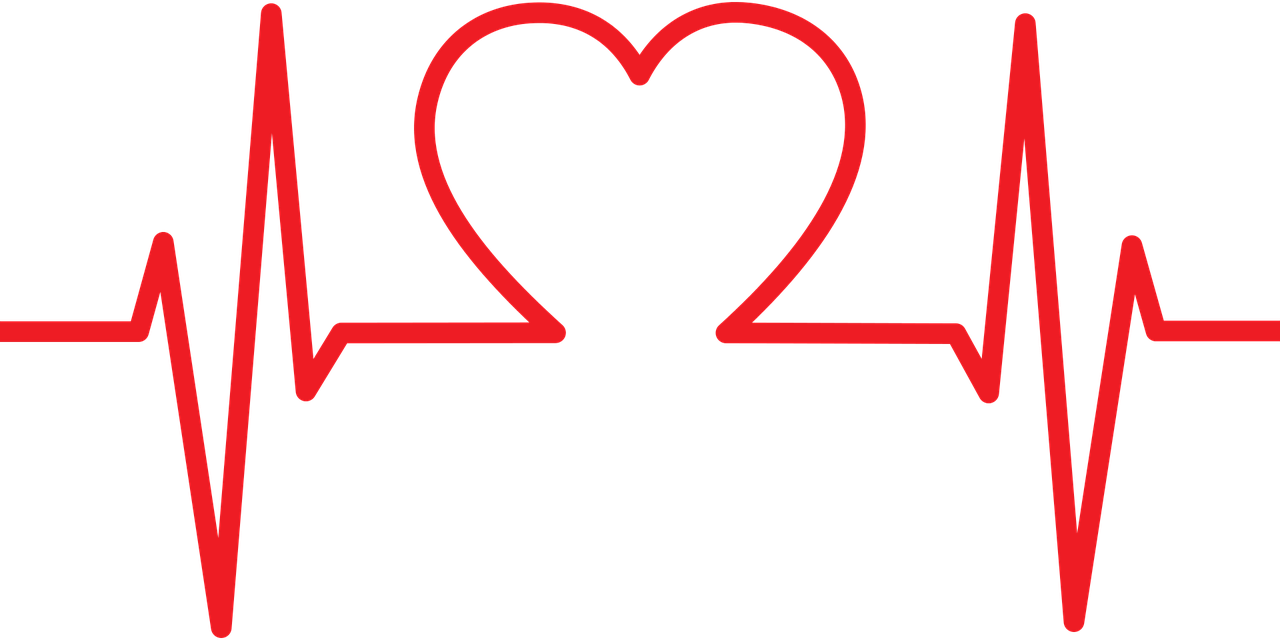Neuromuscular disorders (NMDs) encompass a wide range of debilitating conditions that affect the nervous system and muscles, leading to muscle weakness, atrophy, and functional limitations. These disorders pose significant challenges to patients’ quality of life and independence, and traditional treatment options often fall short of providing comprehensive relief. As medical science continues to evolve, emerging therapeutic approaches offer hope for improved management of NMDs. One such approach that has garnered attention is the use of anabolic steroids in NMD therapies. In this article, we delve into the intricate interplay between anabolic steroids and neuromuscular disorders, exploring their mechanisms, benefits, considerations, and controversies.
Understanding Anabolic Steroids
Anabolic steroids are synthetic variants of the hormone testosterone, designed to mimic its effects on muscle growth and development. They function by binding to androgen receptors in muscle tissue, stimulating protein synthesis and reducing protein breakdown, resulting in increased muscle mass and strength. Anabolic steroids have primarily been associated with athletic performance enhancement and bodybuilding, but their potential therapeutic applications extend beyond these realms.
Neuromuscular Disorders: Causes and Impact
NMDs encompass a diverse group of conditions, including muscular dystrophies, motor neuron diseases, and myopathies. These disorders stem from genetic mutations, autoimmune responses, or other underlying factors, leading to muscle wasting, weakness, and loss of function. Patients often face challenges in performing basic activities of daily living, such as walking, lifting objects, or even breathing. Current treatments, such as physical therapy, assistive devices, and medications, aim to manage symptoms and slow disease progression, but a comprehensive solution has remained elusive.
Anabolic Steroids in Neuromuscular Disorder Therapies
The incorporation of anabolic steroids into the realm of NMD therapies stems from their potential to counteract muscle wasting and weakness. By boosting muscle protein synthesis, anabolic steroids may offer a unique mechanism of action to combat the hallmark features of NMDs. Studies have indicated that these compounds could lead to increased muscle mass and strength in NMD patients, enhancing their overall functionality and quality of life. Clinical evidence highlights instances where anabolic steroids have shown promise in conditions like Duchenne muscular dystrophy, spinal muscular atrophy, and amyotrophic lateral sclerosis.
Considerations and Controversies
The integration of anabolic steroids into NMD therapies presents a range of considerations and controversies. Ethical concerns arise due to the historical association of anabolic steroids with illicit sports doping. Additionally, potential side effects such as liver damage, cardiovascular complications, and endocrine disruptions raise alarms. Monitoring and optimizing dosage become critical to balance the benefits against the risks. Legal and regulatory aspects also play a role, as anabolic steroids are often classified as controlled substances.
Research and Future Directions
Ongoing studies and clinical trials are shedding light on the potential of anabolic steroids in NMD therapies. Researchers are exploring the optimal dosages, administration methods, and potential synergies with existing treatments. Novel approaches, such as combining anabolic steroids with gene therapies or molecular interventions, are being investigated to maximize therapeutic outcomes. Personalized medicine approaches, taking into account genetic factors and individual responses, hold the promise of tailoring treatments for optimal results.
Patient Perspectives and Quality of Life
Understanding the impact of anabolic steroid therapies on patients’ lives is crucial. Interviews and surveys with NMD patients reveal that their struggles go beyond physical limitations, affecting their mental well-being and social interactions. While anabolic steroids may offer physical improvements, the psychological and emotional aspects of living with a neuromuscular disorder cannot be overlooked. Striking a balance between treatment benefits and potential risks is of paramount importance.
Healthcare Provider Guidance
The successful incorporation of anabolic steroids into NMD therapies necessitates a multidisciplinary approach. Neurologists, endocrinologists, rehabilitation specialists, and other healthcare providers must collaborate to create informed and comprehensive treatment plans. Shared decision-making, open communication, and patient education play a pivotal role in ensuring that individuals receive holistic care that addresses their unique needs.
Conclusion
As the field of neuromuscular disorder therapies continues to evolve, the potential role of anabolic steroids offers a glimmer of hope for patients battling the debilitating effects of NMDs. While ethical, medical, and regulatory challenges exist, the evidence suggests that these compounds hold promise in alleviating muscle wasting and enhancing functionality. The journey toward effectively integrating anabolic steroids into NMD therapies requires careful research, patient-centered approaches, and a commitment to improving the lives of those affected by these complex conditions.
QNA
Q1: What are neuromuscular disorders (NMDs), and how do they impact individuals?
A1: Neuromuscular disorders are a group of conditions that affect the nervous system and muscles, leading to muscle weakness, atrophy, and functional limitations. They stem from genetic mutations, autoimmune responses, or other underlying factors. Individuals with NMDs often experience challenges in performing everyday tasks, such as walking, lifting objects, and even breathing.
Q2: What are the current treatment challenges for neuromuscular disorders?
A2: Current treatment options for NMDs, such as physical therapy, assistive devices, and medications, aim to manage symptoms and slow disease progression. However, a comprehensive solution to counter muscle wasting and weakness has been elusive.
Q3: How do anabolic steroids work, and why are they being considered for neuromuscular disorder therapies?
A3: Anabolic steroids are synthetic variants of testosterone that stimulate protein synthesis and reduce protein breakdown in muscle tissue, leading to increased muscle mass and strength. They are being explored as potential therapies for NMDs due to their ability to counteract muscle wasting and weakness.
Q4: What benefits have anabolic steroids shown in neuromuscular disorder therapies?
A4: Anabolic steroids have demonstrated potential benefits in increasing muscle mass and strength in individuals with NMDs, which can enhance overall functionality and quality of life. Clinical evidence points to their promise in conditions like Duchenne muscular dystrophy, spinal muscular atrophy, and amyotrophic lateral sclerosis.
Q5: What are the considerations and controversies surrounding the use of anabolic steroids in NMD therapies?
A5: There are ethical concerns related to the historical association of anabolic steroids with sports doping. Potential side effects, including liver damage, cardiovascular complications, and endocrine disruptions, raise alarms. Monitoring and optimizing dosage are essential to balance the benefits and risks. Legal and regulatory aspects also come into play due to their classification as controlled substances.
Q6: How is research shaping the future of anabolic steroids in neuromuscular disorder therapies?
A6: Ongoing studies and clinical trials are investigating optimal dosages, administration methods, and potential synergies with existing treatments. Researchers are also exploring novel approaches, such as combining anabolic steroids with gene therapies or molecular interventions, to maximize therapeutic outcomes.
Q7: How do patients perceive the potential use of anabolic steroids in NMD therapies?
A7: Interviews and surveys with NMD patients highlight the broader impact of these conditions beyond physical limitations. While anabolic steroids may offer physical improvements, the psychological and emotional aspects of living with NMDs are equally important considerations.
Q8: What role do healthcare providers play in integrating anabolic steroids into neuromuscular disorder therapies?
A8: Healthcare providers, including neurologists, endocrinologists, and rehabilitation specialists, must collaborate in a multidisciplinary approach to create comprehensive treatment plans. Shared decision-making, open communication, and patient education are crucial for providing holistic care tailored to individual needs.
Q9: How does the article conclude on the potential of anabolic steroids in NMD therapies?
A9: The article concludes that anabolic steroids offer hope for individuals with neuromuscular disorders by potentially alleviating muscle wasting and enhancing functionality. The journey towards their effective integration into NMD therapies requires careful research, patient-centered approaches, and a commitment to improving the lives of those affected by these conditions.
Author

Dr. Aditya K. Sharma
I am Dr. Aditya Sharma, a dedicated urologist specializing in kidney transplants and advanced urological surgeries. My career is driven by a passion for delivering exceptional care and pioneering surgical techniques. Outside the operating room, I have a keen interest in studying the effects of anabolic steroids on bodybuilding, seeking to understand the fine line between enhancing performance and maintaining health.





